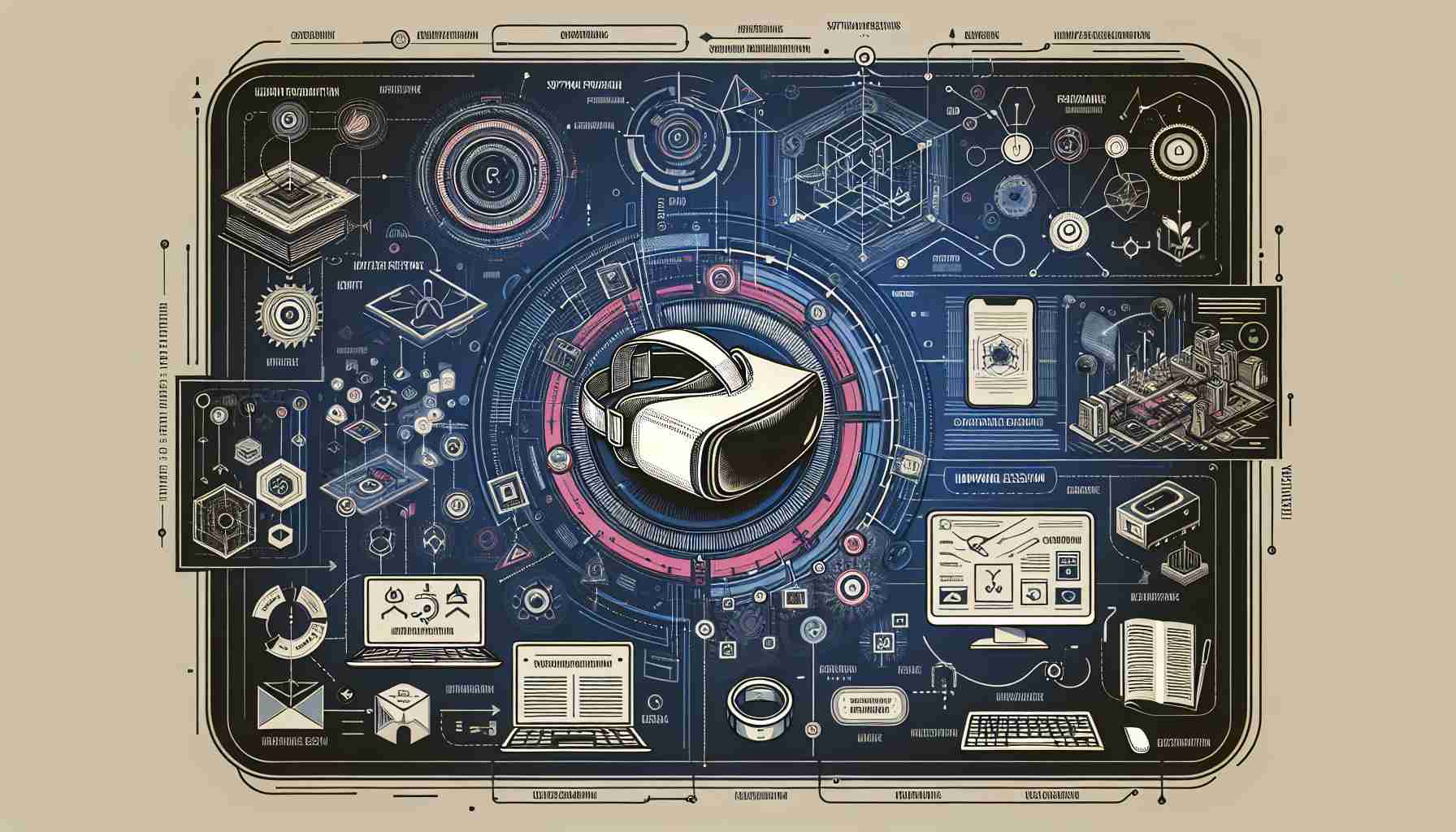Overview
Virtual reality development has evolved rapidly in recent years, revolutionizing the way we interact with technology. This article aims to provide a comprehensive guide to VR development, covering key terms, definitions, and frequently asked questions.
Key Terms and Definitions
Before diving into virtual reality development, it’s important to understand some key terms:
– Virtual Reality (VR): A simulated experience that can be similar to or different from the real world. It typically involves using a head-mounted display (HMD) or other devices to create an immersive experience.
– Head-Mounted Display (HMD): A wearable device that combines display, optics, and sensors to provide a VR experience. It is worn on the head, covering the eyes, and may include sensors for tracking head movements.
– Immersive: The feeling of being fully absorbed and engaged in a virtual environment, often achieved through VR technology.
– 3D Modeling: The process of creating a three-dimensional representation of an object or environment using specialized software.
– Rendering: The process of generating the visual output of a virtual environment based on the user’s position and interactions.
– Interaction: The ability to engage with a virtual environment through physical actions or input devices like controllers or hand gestures.
– Unity: A popular game development platform widely used for creating virtual reality applications.
– Unreal Engine: A widely-used game engine that provides tools and resources for creating realistic VR experiences.
Frequently Asked Questions (FAQ)
Here are some common questions about VR development:
Q: What programming languages are commonly used in VR development?
A: The most commonly used programming languages for VR development are C# (compatible with Unity) and C++ (compatible with Unreal Engine).
Q: What hardware is needed to experience virtual reality?
A: To experience VR, you’ll need a VR headset like Oculus Rift, HTC Vive, or PlayStation VR, along with a compatible computer or gaming console.
Q: Are there free resources available to learn VR development?
A: Yes, there are numerous free tutorials, courses, and documentation available online, especially for Unity and Unreal Engine.
Q: Can virtual reality be used for purposes other than gaming?
A: Absolutely! VR has applications in healthcare, education, architecture, entertainment, training simulations, virtual tours, visualization, and more.
Q: What challenges are involved in VR development?
A: Challenges in VR development include achieving realistic graphics, reducing motion sickness, optimizing performance for different devices, and designing intuitive user interfaces.
Sources:
– vrfocus.com
– unity.com
– unrealengine.com
The source of the article is from the blog kewauneecomet.com
